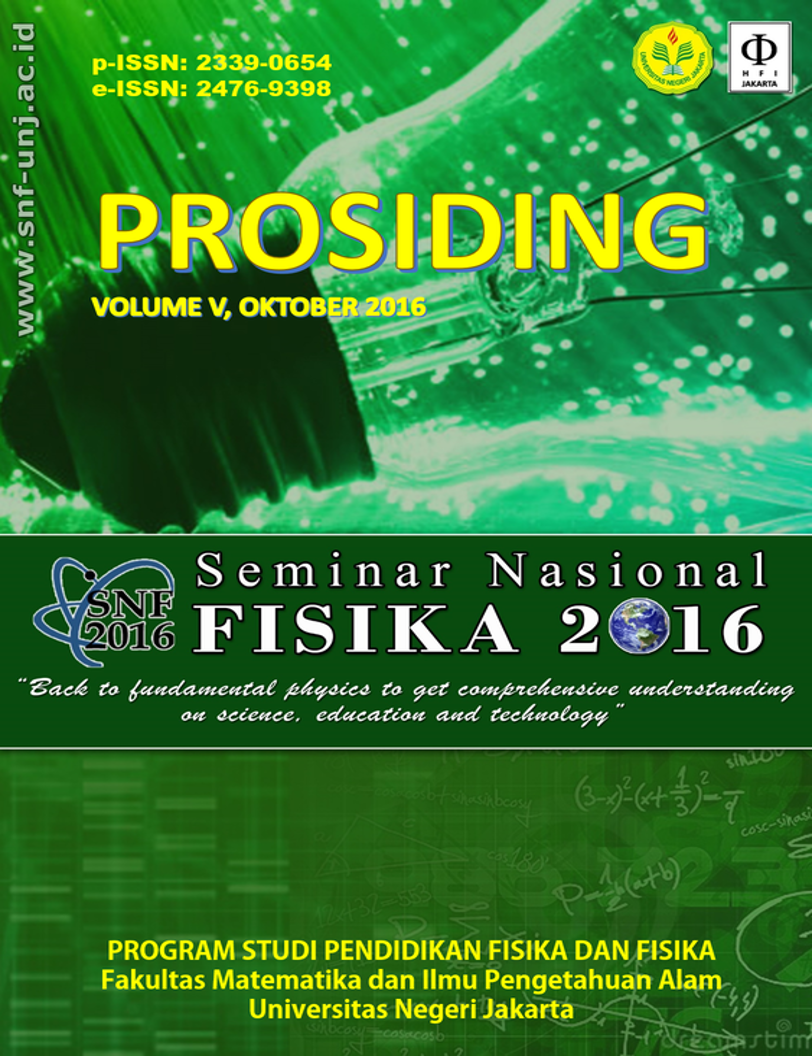VERIFIKASI DOSIMETRI TEKNIK STEREOTACTIC BODY RADIOTHERAPY (SBRT) METASTASIS TULANG: STUDI KASUS MENGGUNAKAN FANTOM HOMOGEN DAN INHOMOGEN
DOI:
https://doi.org/10.21009/0305020306Abstract
Cancer causes 13% of all cases the cause of death, and bone metastases is a common complication of cancer that occurs above 40% in oncology patients. Stereotactic Body Radiotherapy (SBRT) is one technique that can handle bone metastases because it can provide a high radiation dose to a small volume with a very tight margin. In the planning of radiotherapy for high-energy photons are often not suitable to estimating dose distribution in inhomogeneous material. Therefore, compared the dose results of two phantom that has a different density, the homogeneous phantom (CIRS Model 002 H9K) and inhomogeneous phantom (CIRS Model 002 LFC) using three dosimeter; microchamber Exradin A16, Gafchromic Film EBT3, and TLD LiF: Mg, Ti rods. The result from both phantom measurements prove that the gafchromic filn EBT3 is the best dosimeter in measuring dose in small field with descripansies dose 0,62% and 1,041% in homogeneous and inhomogeneous phantom. Mikrochamber Exradin A16 also showed the ability to get descripansies -0,51% and -2,61% in homogeneous and inhomogeneous phantom. While descripansies using the TLD LiF:Mg, Ti rods is -11,81% and -12,19% in homogeneous and inhomogeneous phantom.
Keywords: Bone Metastasis, SBRT, Mikrochamber Exradin A16, Gafchromic Film EBT3, TLD LiF:Mg, Ti rods.





